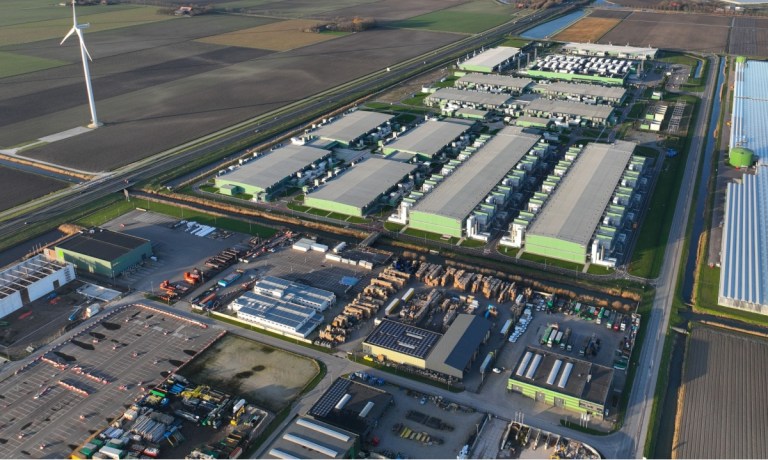
OpenAI’s reported proposal for special economic districts across America could unleash billions in private investment and dramatically accelerate domestic tech infrastructure, marking Silicon Valley’s boldest push yet to reshape how artificial intelligence (AI) technology gets built, analysts say.
The proposal would establish government-backed zones offering streamlined permitting for data centers and chip plants while providing tax incentives to AI companies. It’s a part of OpenAI’s strategy to accelerate America’s AI capabilities amid intensifying global competition for technological dominance.
“With dedicated zones, companies would likely choose locations based on these areas’ infrastructure, regulatory flexibility, and AI-focused incentives and resources,” Maxim Manturov, head of investment research at stock brokerage Freedom24, told PYMNTS.
“To attract companies, these AI economic zones might have to offer incentives like tax breaks, grants or funding. Such incentives could help offset initial costs, making it more appealing for companies to grow their roots in those areas.”
OpenAI’s proposal for special economic districts could impact commerce by channeling billions of private investments into AI infrastructure and attracting tech companies with generous incentives. Analysts suggest this move could accelerate innovation, reshaping the landscape for data centers, chip plants, and AI-driven businesses across the U.S.
According to FedScoop, OpenAI plans to present a policy blueprint advocating for AI economic zones across the U.S. through state and federal collaboration. The proposal, set to be unveiled in Washington, outlines plans to streamline the construction of energy systems and data centers powering AI development.
The blueprint reportedly calls for a National Transmission Highway Act targeting power transmission and fiber networks while proposing a North American AI compact to compete with China. The initiative, which emerges as the Biden administration pushes for increased AI infrastructure support, includes recommendations for leveraging Navy nuclear resources and developing the workforce for AI-related operations.
Recent proposals in the U.S. to boost AI development include the Biden administration’s $140 million investment to establish National AI Research Institutes to promote responsible AI research. In addition, Microsoft has partnered with BlackRock to build AI-specific data centers that use advanced energy infrastructure, addressing the need for sustainable power to fuel AI advancements.
The CHIPS and Science Act also includes provisions to enhance domestic semiconductor manufacturing, a critical component for AI development. Additionally, Nvidia and ServiceNow announced plans to collaborate on developing generative AI tools, illustrating private-sector initiatives to advance AI.
“AI-empowered free zones would most certainly attract tech firms and startups, resulting in firms’ relocation decisions in these zones for the benefit of both resources and community,” Cache Merrill, founder of Zibtek and technology strategist, told PYMNTS.
“This regional emphasis could provide for additional scattering of tech clusters in the U.S., reducing dependence on the already established tech centers and in all likelihood, creating opportunities in new cities in the suburbs.”
Merrill said financial incentives in these zones may include reduced taxes, lowered compliance costs, and assistance in investing in AI R&D. He added that the plan would support workforce development programs to incentivize companies to invest in local talent training. This would benefit regional economies and create a skilled workforce pipeline for AI operations.
“Another benefit of the economic zones of AI is that they could promote private firms and large public universities to work together for R&D purposes,” Merrill said. “These collaborations would be very effective in AI technology transfer, because universities are the foremost providers of basic science, while business firms are the best providers of AI applications. Such zones may facilitate collaboration on joint research laboratories, joint funding of practicum, and joint transnational corporation projects on technology acquisition.”